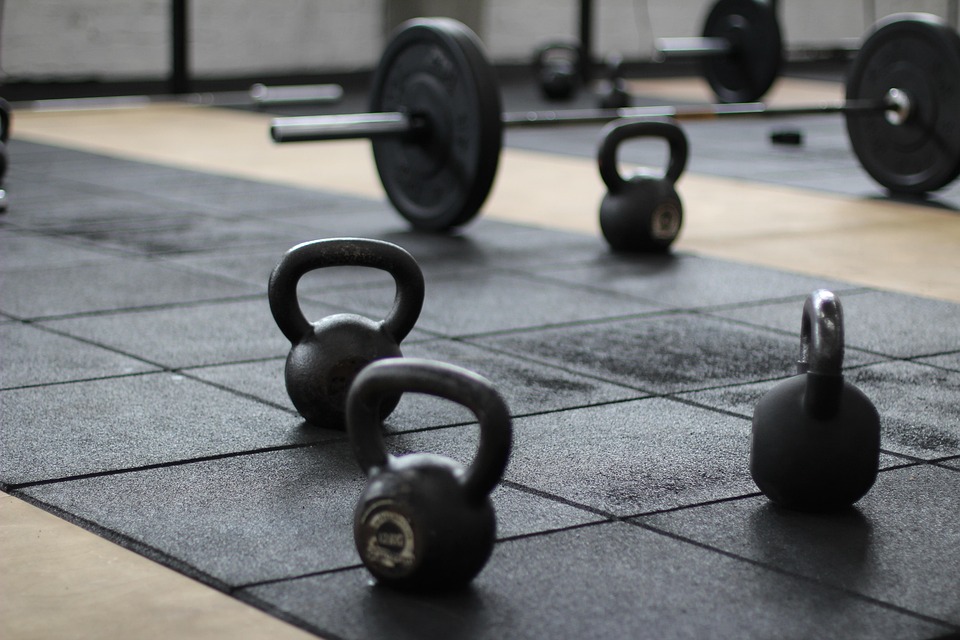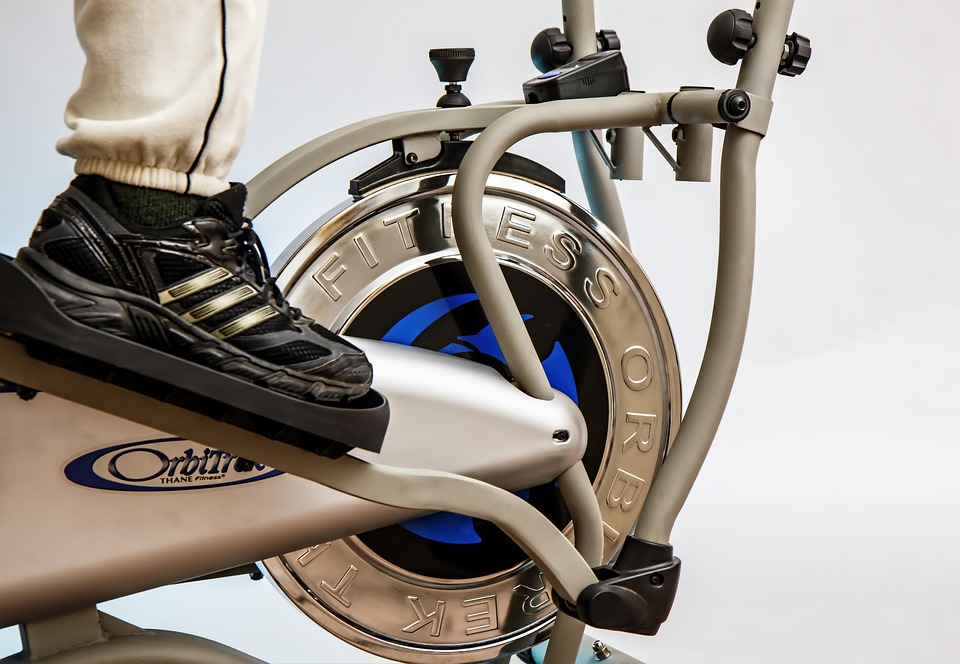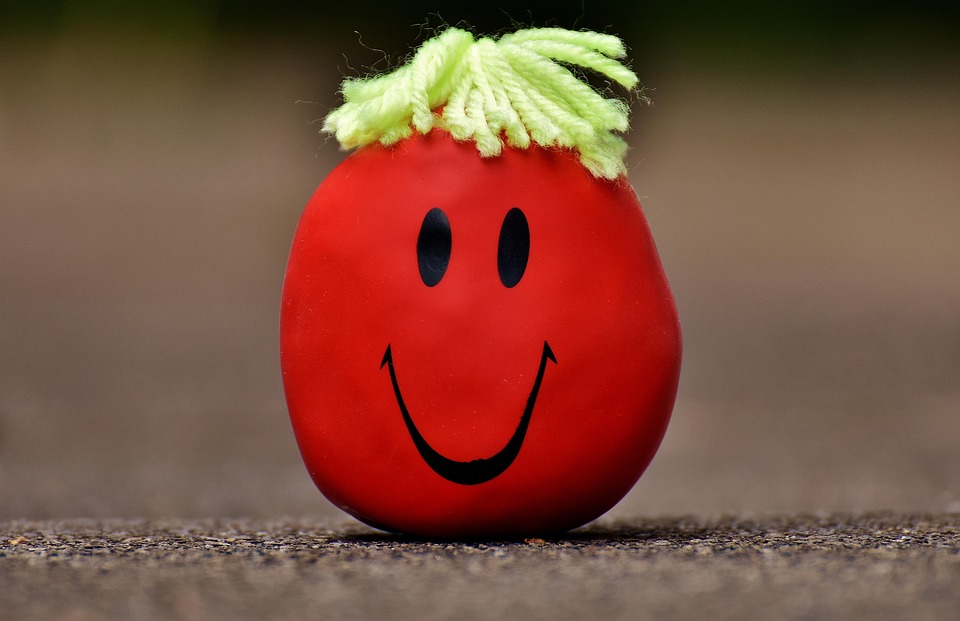Losing weight can often feel like an uphill battle, but with the right strategies, it can become a more manageable and enjoyable journey. If you’re seeking a sustainable approach to slimming down, you’ve come to the right place. In this comprehensive guide, we’ll explore effective weight loss methods, the importance of mindset, nutrition tips, and exercise routines that deliver lasting results.
Understanding Weight Loss: The Basics
Before diving into the strategies, it’s essential to understand what weight loss really entails. At its core, losing weight occurs when you burn more calories than you consume. This is known as a calorie deficit. However, there’s more to it than mere numbers.
Key Factors Influencing Weight Loss
- Metabolism: Your body’s ability to convert food into energy can vary significantly between individuals.
- Lifestyle: Stress levels, sleep quality, and daily activity play critical roles in how your body manages weight.
- Dietary Choices: What you eat is just as important as how much you eat.
Understanding these factors can help tailor a weight loss plan that’s suitable for you.
Setting Realistic Goals
SMART Goals
When it comes to weight loss, setting realistic and achievable goals is crucial. Consider using the SMART criteria:
- Specific: Instead of saying “I want to lose weight,” specify how much. For example, “I want to lose 10 pounds.”
- Measurable: Track your progress using journals, apps, or regular weigh-ins.
- Achievable: Set a timeline that is realistic for your lifestyle, such as “I aim to lose 1-2 pounds a week.”
- Relevant: Make sure your goals align with your overall health objectives.
- Time-bound: Set a clear timeline for achieving your goals.
By implementing SMART goals, you’re more likely to stay committed to your weight loss journey.
Nutrition for Effective Weight Loss
Mindful Eating
Mindful eating involves paying attention to your hunger cues and eating slowly to enjoy your food. Here are some strategies to implement:
- Portion Control: Use smaller plates to help reduce portion sizes without feeling deprived.
- Avoid Distractions: Turn off the TV and put away your phone during meals.
- Chew Thoroughly: Take the time to chew your food completely, allowing your brain to register fullness.
Key Foods to Incorporate
- Lean Proteins: Chicken, fish, beans, and tofu help to keep you full longer.
- Whole Grains: Brown rice, quinoa, and oats provide sustained energy.
- Fruits and Vegetables: Packed with nutrients, they are low in calories and high in fiber.
- Healthy Fats: Avocados, nuts, and olive oil can support satiety and overall health.
The Importance of Hydration
Staying hydrated is a critical component of weight loss. Sometimes, our bodies confuse thirst with hunger. Drinking water before meals can help control appetite. Aim for at least 8-10 cups of water a day, and consider:
- Tracking Water Intake: Use an app to monitor hydration levels.
- Infusing Water: Add fruits or herbs for a refreshing flavor boost.
Exercise: The Key to Burning Calories
Types of Exercise for Weight Loss
Regular physical activity not only helps burn calories but also enhances muscle mass and boosts metabolism. Incorporate the following types of exercise:
- Aerobic Training: Activities like running, walking, swimming, or cycling get your heart rate up.
- Strength Training: Lifting weights or using resistance bands builds muscle, which can help increase calorie burn even at rest.
- High-Intensity Interval Training (HIIT): Short bursts of intense exercise followed by brief rest periods can be highly effective for fat loss.
Creating an Exercise Routine
Set a schedule that includes a mix of different workouts throughout the week. Aim for at least:
- 150 minutes of moderate aerobic activity or 75 minutes of vigorous activity per week.
- Two or more days of strength training for all major muscle groups.
Monitoring Progress and Staying Motivated
Regular Check-ins
Keeping track of your progress is key to staying motivated. Consider:
- Weekly Weigh-ins: Monitor changes in weight.
- Fitness Apps: Use tools like MyFitnessPal or Fitbit to log meals and workouts.
Celebrate Small Wins
Celebrate your achievements, no matter how small. Whether it’s fitting into a favorite pair of jeans or completing a challenging workout, acknowledging your progress fuels motivation.
The Mind-Body Connection
Building a Positive Mindset
Weight loss is more than just physical; it’s also mental. Here are some ways to stay positive:
- Be Kind to Yourself: Understand that setbacks are part of the journey.
- Visualize Success: Create a vision board of your goals.
- Join a Community: Surround yourself with supportive individuals who share similar goals.
Conclusion: A Holistic Approach to Weight Loss
Losing weight effectively requires a well-rounded strategy that includes nutrition, exercise, and a positive mindset. By setting realistic goals, making informed dietary choices, incorporating regular physical activity, and focusing on your mental well-being, you’ll pave the way for lasting results.
Remember, weight loss isn’t a sprint; it’s a marathon. The key is to stay committed and patient. Embrace the journey, celebrate your progress, and create a healthier lifestyle that you can maintain for the long run.
Join the Conversation
What strategies have worked for you on your weight loss journey? Share your tips, experiences, and questions in the comments below. Let’s support one another!
With this comprehensive guide in hand, you’re now equipped with the knowledge and actionable steps to embark on your weight loss journey effectively. Start today, and remember: every small effort counts!









 Weight Loss, Unlocked.
Weight Loss, Unlocked.